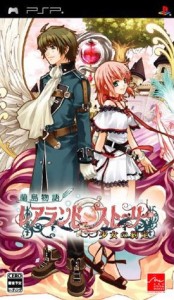 No sooner had I seen Princess Maker 4 off than I moved right onto its replacement, Ranshima Monogatari – Rare Land Story. And I had an even better time than I did with PM4.
No sooner had I seen Princess Maker 4 off than I moved right onto its replacement, Ranshima Monogatari – Rare Land Story. And I had an even better time than I did with PM4.
First, about the title: all the official material has the title as “Lair Land”, but since most English sites call it “Rare Land,” I’ll go with that. The important thing is, Ranshima Monogatari is essentially the same game as Princess Maker 4, with far better graphics, more interesting characters and quite a few innovations. As a matter of fact, Ranshima Monogatari appears to be a PSP remake of a 2007 Chinese PC game that was heavily inspired by the Princess Maker series.
The story has you as a baron named Hiro who finds a mysterious girl lying on a slab during a war. This girl uses the power of the pendant around her neck to stop the war (I think? she put out a few fires at least), then loses consciousness. The local priest jumps to the conclusion that the girl, Chilia, was sent by the Goddess to test humanity and asks Hiro to teach her about life. The way she grows up will affect the fate of mankind, etc etc.
Or so they said, but after I mastered the town cleanup job, I wound up with an ending where she becomes a town custodian and ends up splattered in sewage. Unless this is a subtle metaphor for the state of the human mind, I have to conclude that the priest had just been sampling the sacramental wine a little too heavily.
I already went into detail about the mechanics of this sort of raising sim in the Princess Maker 4 post, so there’s no need to go over it again here. It lasts four years (instead of 8 in PM4) , the jobs and stats are largely similar, and when Chilia’s tiredness gets too high, you can take her on vacation or give her breaks so she can recuperate. You can also visit stores and other locations in town to buy things, meet and woo other characters and unlock special events and CGs.
The ending you get depends on your relationship to other characters, Chilia’s stats, events witnessed, etc. Unlike in PM4, the main character (Hiro) has multiple individual endings separate from Chilia’s that can be viewed once the right conditions are met. You can get a double ending where Hiro marries Somarina and Chilia marries Douma, for example.
There are plenty of other differences as well, both big and small. I’ll list the most notable ones:
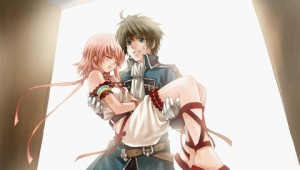 1. You can change Chilia’s hairstyle in addition to her clothes. And buy/gather material and have the dressmaker custom-make items for you. Clothes and hair affect stats and also affect the support of Chilia’s “fanclub”, who will give her items and money if they like her. Chilia’s hair also grows from year to year, so if you give her short or medium haircuts they’ll start to look kinda funny after a while.
1. You can change Chilia’s hairstyle in addition to her clothes. And buy/gather material and have the dressmaker custom-make items for you. Clothes and hair affect stats and also affect the support of Chilia’s “fanclub”, who will give her items and money if they like her. Chilia’s hair also grows from year to year, so if you give her short or medium haircuts they’ll start to look kinda funny after a while.
2. You can buy new decorations and furnishings for your room. Additionally, devoting a sum of money to upkeep every month will slowly make it bigger and fancier, allowing you to add posher decorations. However if Chilia’s tension (motivation) gets too low or she’s otherwise unhappy she will blithely trash the place until you make her better (where’s a “Spank” option when you need one?).
3. Commands are entered twice a month in 5 day blocks. This means you can do up to 6 different activities a month instead of 3.
4. The graphics are way better than in PM4. The character designs are cuter as well, and there’s a little more variety in the NPC designs. I thought the girls were especially good-looking, but the guys were decent as well. I wish I could’ve gotten to see Guana’s real face. I bet she’s hot.
5. Apart from raising Chilia, you’re also tasked with rebuilding various parts of the city. It’s entirely optional, but it nets you various rewards as you progress and makes things up to 50% cheaper in town. It may also be a requirement for the best ending.
6. There are a few more animations for work and for school. You get different ones depending on whether you do poorly, well, very well or marvelously well. They also evolve as you get better at jobs. For example when you’re a cleaner you start out as a lowly street-sweeper, then you graduate to picking up cans. Or when you’re rebuilding the city, you go from gathering lumber to sawing planks, to nailing them together to laying bricks. It’s a lot more interesting to look at than the same old animations in PM4.
7. Chilia can engage in “research” into the creation of new items, which you can use, sell for a profit, contribute to the town or just add to your collection. Doing this can earn you “research points”, which probably go towards a particular ending but otherwise have no real use.
8. No battling, not even at festivals. You can sort-of send Chilia adventuring, but it’s luck-based (I think?) whether she’ll find anything or not. The rewards are mainly money anyway.
9. You can set seasonal targets that you want to meet when raising Chilia’s stats. If you manage to meet the target, you’ll get all kinds of bonuses ranging from money to bonus points to MP.
10. Bonus points and bonus cards can be used post-game to unlock things like new outfits and new skills before starting a new game. For example I got a card that let me start the game with 2000 extra eve (their currency). Very helpful. It’s just unfortunate that even though you can earn bonus points throughout the game, you can only spend them after finishing.
11. Skills exists, sort of like in Tokimeki Memorial 4 but not as complicated. They’re “purchased” with MP and can be either temporary (e.g. lower tiredness for 60 days) or permanent. MP can be obtained as bonuses for doing well or by praying. There’s no actual magic training in this game as far as I can tell.
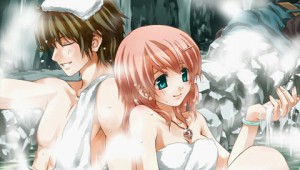 12. Hiro has a little more personality than characters in his position normally do. Just a little more, he doesn’t really talk much, but he does interact with people independently of Chilia and he does show up in CGs from time to time. The independent interaction can be confusing though, because some events take place with only Chilia present, only Hiro present or both present, but the game doesn’t tell you which.
12. Hiro has a little more personality than characters in his position normally do. Just a little more, he doesn’t really talk much, but he does interact with people independently of Chilia and he does show up in CGs from time to time. The independent interaction can be confusing though, because some events take place with only Chilia present, only Hiro present or both present, but the game doesn’t tell you which.
13. Flaw: The little skits and town events run for a long time and have tons of dialogue. Some of the events are funny and interesting, but even those ones drag out a little too long. I don’t like it when my sims get too visual-novelly. A little less dialogue and a lot more gameplay would have made this game a real gem.
14. Massive flaw: you can’t quick-load. “Maddening” doesn’t begin to describe that feeling when you make a mistake entering commands or you want to change an answer, and then you have to turn the game off entirely and reload the whole thing before you can make changes.
15. Massive flaw: You can’t skip events or fast-forward conversations except by tapping the O button, which doesn’t go that much faster. Chilia’s commands also take forever to play out, even on the fast automatic setting. Points #13-15 together make it highly unlikely that most players will have the stomach for more than a few playthroughs of Ranshima Monogatari, despite its otherwise very high quality.
So while it’s clearly based on the Princess Maker mechanic, Ranshima Monogatari contains enough differences that it doesn’t feel like a blatant copy.
Initially I was only going to play it once, but after I got the rather disappointing town custodian ending, I’ve been wanting to at least get a marriage ending for either Hiro or Chilia. However I have abandoned that quest after discovering that I’d have to follow a guide very closely in order to discover all the events and give correct answers to questions before I can get even a common street rat to marry me.
So I’ve decided to try for an ending where I rebuild the town to its former glory, just to see what it gets me. I’ll go out regularly and try to chat up some guys and girls too, but I’m not expecting anything from that. More on that if/when it happens.
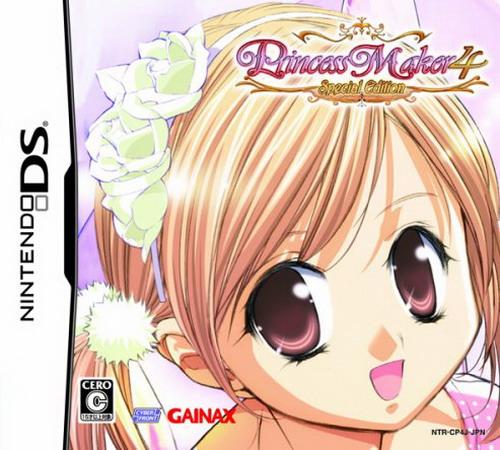
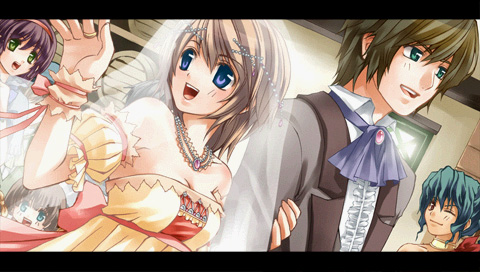
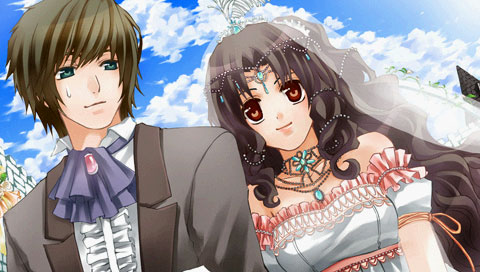
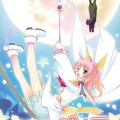
So this game is finally out on Steam, in English. It’s a decent translation, but has a couple of particularly strange bugs. And there are no English guides (that I can find), which I guess is to be expected…
Ah well, I’m enjoying it, at least.
Wow, that’s great. I really enjoyed playing it and played so many times. And I’m thrilled to see there’s a Lair Land Story 2 as well.
It’s unfortunate about the lack of English guides because I found it a bit tricky to get a good ending without one, but playing blind has its own charms, I guess. I recommend using DeepL to machine translate a Japanese guide like this one: https://w.atwiki.jp/lairland/